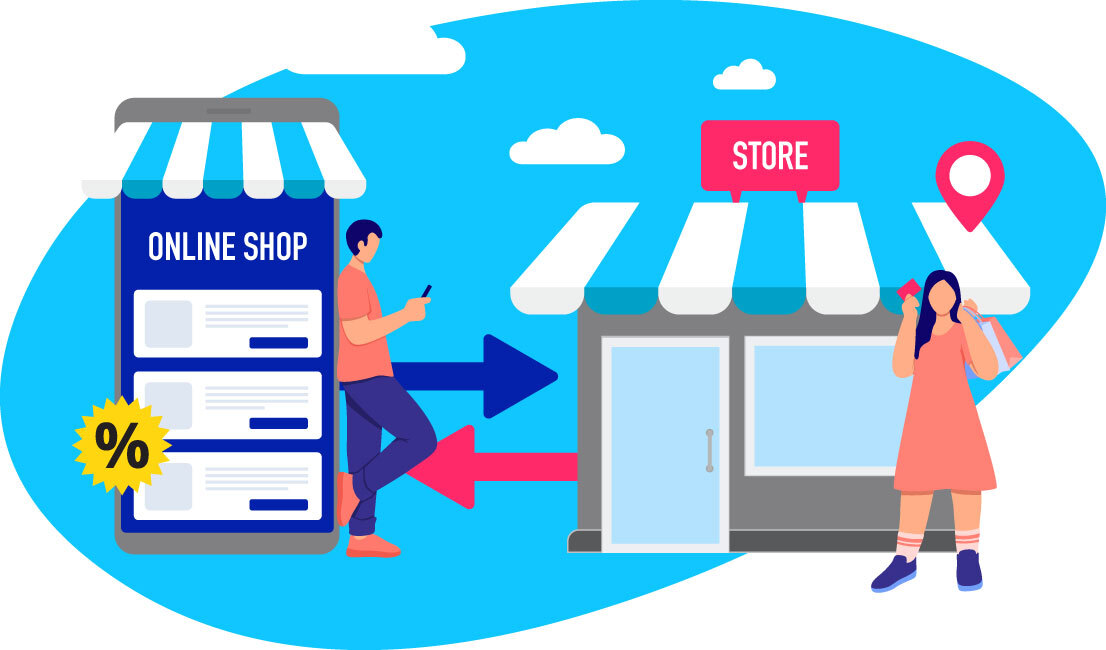3 min read
While there are multiple ways to reach consumers in Southeast Asia, mobile is undeniably the top channel to engage them, as smartphone users account roughly 90 percent of the total internet users in the region, and they spend the most time on the mobile internet compared to the rest of the world.
During a panel discussion at the recent FUTR conference in Singapore, Lorenzo Peracchione, Regional E-Commerce Director for SEA, Australia and New Zealand at Sephora, noted that 85 percent of the company’s web traffic in the region comes from mobile devices.
To cater to a such diverse audience in an environment where trends are evolving fast, marketers must take advantage of the latest technology such as artificial intelligence (AI) to create unique experiences for customers who are just a click away from switching to another brand or service.
Appier’s Chief Revenue Officer Fabrizio Caruso who was also on the panel said, “For marketers, maximum reach, an up-to-date understanding of your customers and what they are likely to do is more critical than ever.”
The panelists that also included Cathriona Nolan from Pomelo Fashion discussed how SEA’s connectivity and infrastructure development is affecting fashion and beauty retail and marketing. Here are some key takeaways:
1. Convenience is king
There is no point developing an annual branding or marketing plan as things change too fast. Shorter-term plans that allow for flexibility make more sense. Consumers today crave convenience and want access to things immediately. Brands need to make the shopping and purchasing process so simple that customers hardly need to think about it, encouraging them to come back knowing they can shop easily and quickly.
2. Unlock data insights
Deriving insights from an abundance of data proves challenging for a lot of marketers. AI solves this problem by consolidating data from all kinds of sources into one central view, which helps marketers better understand what customers are interested in not only within brands’ own retail environment, but also on external channels.
AI can also predict consumers’ behavior patterns, which can help marketers craft a customer experience from start to finish, showing customers the right content on the right platform at the right time, such as pricing, offers or fashion trends. AI can then learn these behaviors and become more precise over time.
3. AI-Driven personalization is a must
Everyone loves relevancy, so hyper-localized messaging – that also considers language and culture differences – is extremely valuable. Marketers cannot rely on brand loyalty anymore as shoppers are easily distracted. Just because they bought a product once, doesn’t mean they will do it again. The ability to address them in a more personalized way will help keep them engaged and expand their share of wallet.
A recent survey conducted by Forrester on behalf of Appier shows that 56 percent of respondents from the retail sector in Asia Pacific have either implemented, or are expanding their AI-oriented initiatives. However, for successful AI adoption and implementation, the panelists stressed that management must believe in the importance of data and how critical it is to success in today’s business landscape, as analyzing data is no small feat and requires both time and financial investment.
* Find out more about how AI can help you unlock data insights and create personalized customer engagement here.



